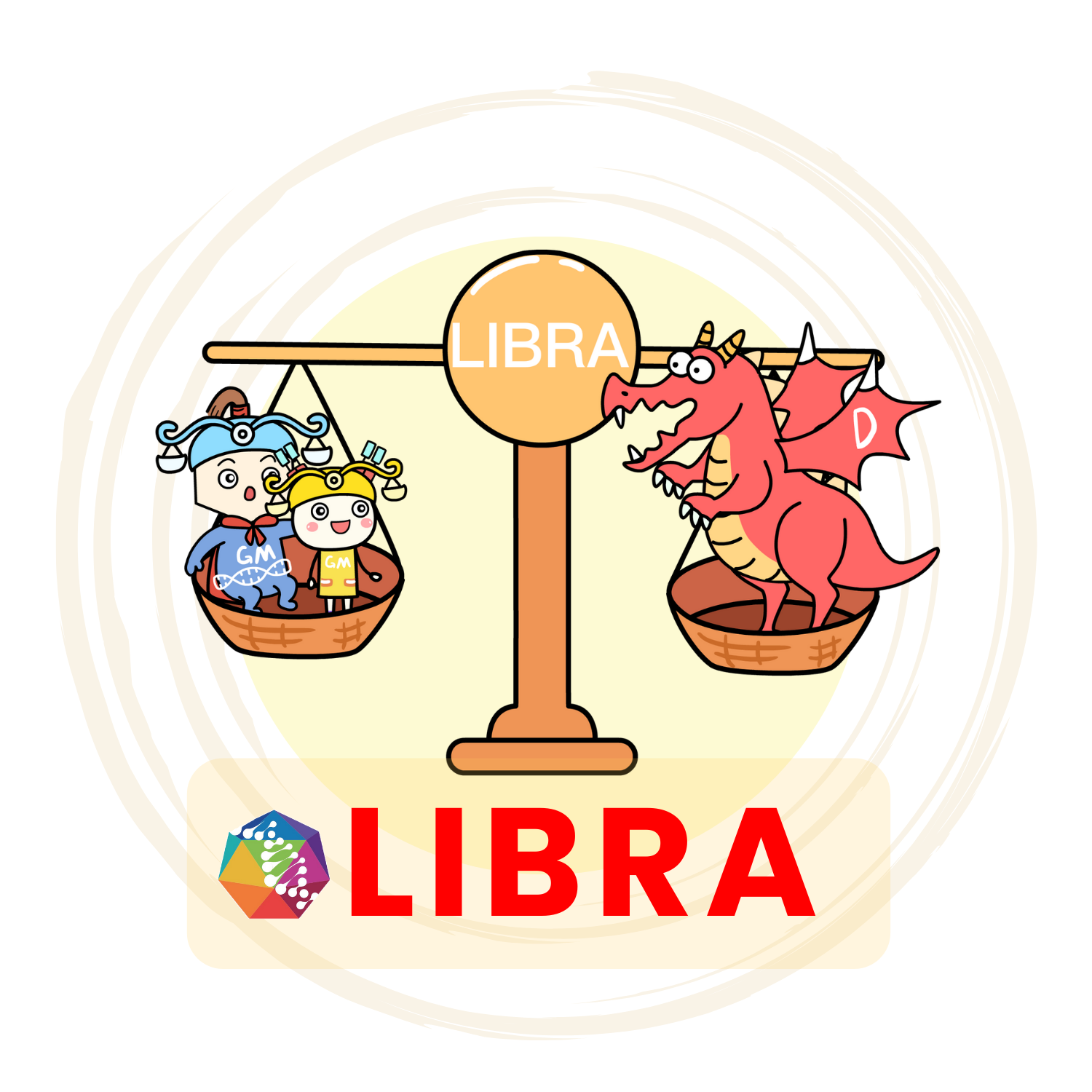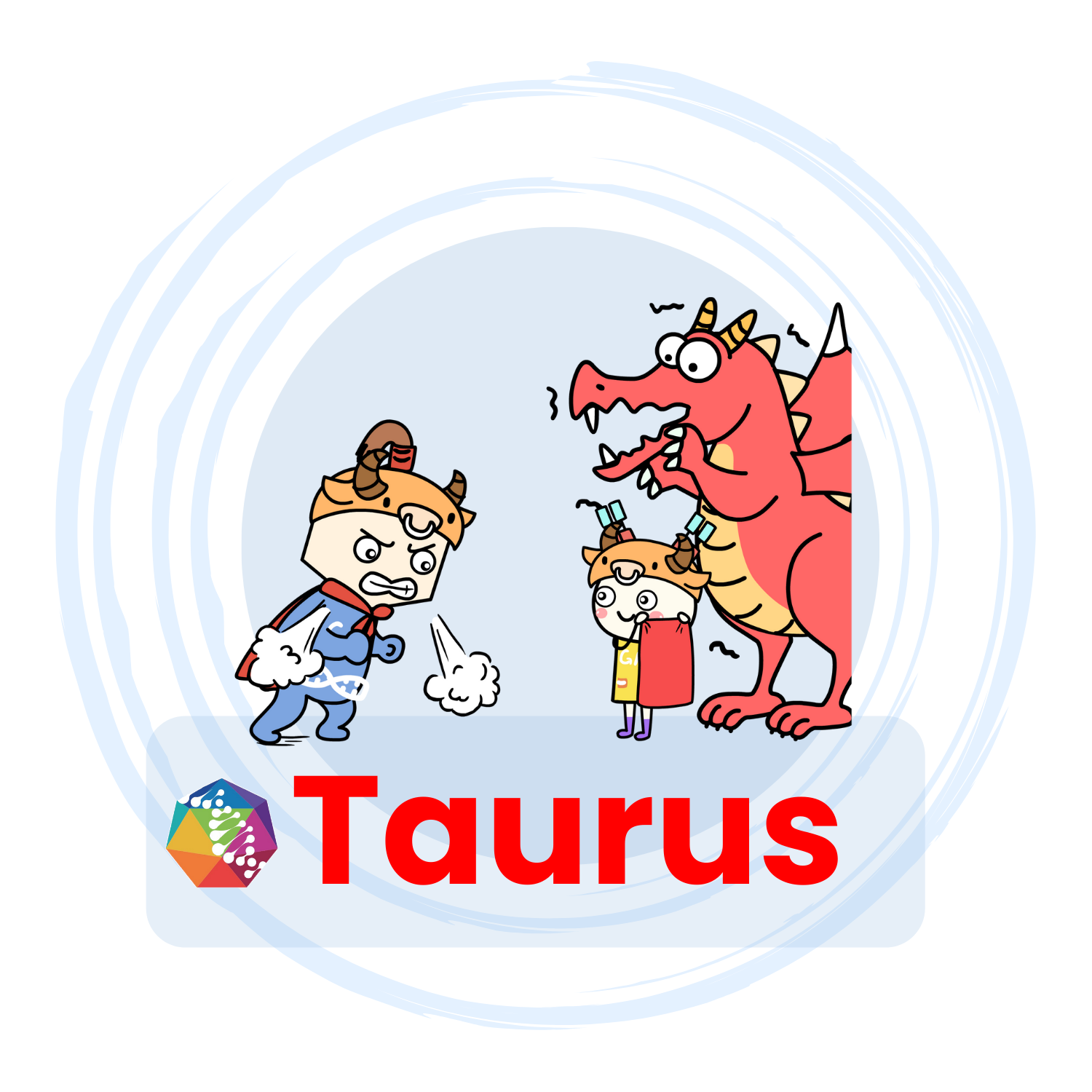Anti-TRYB2/ TPSB2/ TPS2 functional antibody
Anti-TRYB2/ TPSB2/ TPS2 functional antibody for cell culture, ELISA & in-vivo assay
 Go to TPSB2/TPSB2 products collection >>
Go to TPSB2/TPSB2 products collection >>
(antibodies, antigen, VLP, mRNA, ORF viral vector, etc)
Product information
| Catalog No. | Product Name | Species Reactivity |
|---|---|---|
| GM-Tg-hg-SE1347-Ab-1/ GM-Tg-hg-SE1347-Ab-2 | Anti-Human TPSB2 monoclonal antibody | Human |
| GM-Tg-rg-SE1347-Ab-1/ GM-Tg-rg-SE1347-Ab-2 | Anti-Rat TPSB2 monoclonal antibody | Rat |
| GM-Tg-mg-SE1347-Ab-1/ GM-Tg-mg-SE1347-Ab-2 | Anti-Mouse TPSB2 monoclonal antibody | Mouse |
| GM-Tg-cynog-SE1347-Ab-1/ GM-Tg-cynog-SE1347-Ab-2 | Anti-Cynomolgus/ Rhesus macaque TPSB2 monoclonal antibody | Cynomolgus/ Rhesus macaque |
| GM-Tg-felg-SE1347-Ab-1/ GM-Tg-felg-SE1347-Ab-2 | Anti-Feline TPSB2 monoclonal antibody | Feline |
| GM-Tg-cang-SE1347-Ab-1/ GM-Tg-cang-SE1347-Ab-2 | Anti-Canine TPSB2 monoclonal antibody | Canine |
| GM-Tg-bovg-SE1347-Ab-1/ GM-Tg-bovg-SE1347-Ab-2 | Anti-Bovine TPSB2 monoclonal antibody | Bovine |
| GM-Tg-equg-SE1347-Ab-1/ GM-Tg-equg-SE1347-Ab-2 | Anti-Equine TPSB2 monoclonal antibody | Equine |
Size: 1mg | 10mg | 100mg
Product Description
| Catalog No. | GM-Tg-hg-SE1347-Ab-1/ GM-Tg-hg-SE1347-Ab-2; GM-Tg-rg-SE1347-Ab-1/ GM-Tg-rg-SE1347-Ab-2; GM-Tg-mg-SE1347-Ab-1/ GM-Tg-mg-SE1347-Ab-2; GM-Tg-cynog-SE1347-Ab-1/ GM-Tg-cynog-SE1347-Ab-2; GM-Tg-felg-SE1347-Ab-1/ GM-Tg-felg-SE1347-Ab-2; GM-Tg-cang-SE1347-Ab-1/ GM-Tg-cang-SE1347-Ab-2; GM-Tg-bovg-SE1347-Ab-1/ GM-Tg-bovg-SE1347-Ab-2; GM-Tg-equg-SE1347-Ab-1/ GM-Tg-equg-SE1347-Ab-2 |
| Products Name | Anti-TPSB2 monoclonal antibody |
| Format | mab |
| Target Name | TPSB2 |
| Protein Sub-location | Secreted Protein/Potential Cytokines |
| Category of antibody | FACS/Biofunctional Antibody |
| Derivation (species) | Mouse |
| CH1+2+3 Isotype (Receptor identification) | IgG |
| Type of Light Chain (VD-LC) | N/A |
| Expression platform | Mammalian Expression |
| Bioactivity validation | Binding affinity is validated by ELISA with recombinant soluble protein antigen. The biofunction of antibodies are validated with in-vitro assay (IC50 or EC50 TBD). |
| Tag | Fc |
| Products description | Pre-made anti-TPSB2 benchmark inhibitory monoclonal antibody(mab) (blocking antibody inhibitor) is expressed by mammalian cell line as a benchmark antibody for cell culture, ELISA or other affinity binding assay or functional assay development, animal model development, PK/PD model development (Pharmacokinetics & Pharmacodynamic) |
| Purity | Purity: ≥95% (SDS-PAGE) |
| Application | Biological drug disovery including cell culture, assay development, animal model development, PK/PD model development (Pharmacokinetics & Pharmacodynamic) and mechanism of action (MOA) research. |
| Formulation & Reconstitution | Lyophilized from GM's Protein Stability Buffer2 (PSB2,Confidential Ingredients) or PBS (pH7.4); For PSB2, reconstituted with 0.9% sodium chloride; For PBS, reconstituted with ddH2O. |
| Storage | Store at -20℃ to -80℃ under sterile conditions. Avoid repeated freeze-thaw cycles. |
Reference
Data / case study
Click to get more Data / Case study about the product.
Associated products
| Category | Cat No. | Products Name |
| Target Antigen | GM-Tg-g-SE1347-Ag-1 | Recombinant multi-species TRYB2/ TPSB2/ TPS2 protein |
| ORF Viral Vector | pGMLP001222 | human TPSB2 Lentivirus plasmid |
| ORF Viral Vector | vGMLP001222 | human TPSB2 Lentivirus particle |
| ORF Viral Vector | pGMLPm001065 | mouse Tpsb2 Lentivirus plasmid |
| ORF Viral Vector | vGMLPm001065 | mouse Tpsb2 Lentivirus particle |
Target information
| Target ID | GM-SE1347 |
| Target Name | TPSB2 |
| Gene ID | 64499,281545 |
| Gene Symbol and Synonyms | TPS2,TPSB1,TPSB2,tryptaseB,tryptaseC |
| Uniprot Accession | P20231 |
| Uniprot Entry Name | TRYB2_HUMAN |
| Protein Sub-location | Secreted Protein/Potential Cytokines |
| Category | |
| Disease | N/A |
| Gene Ensembl | ENSG00000197253 |
| Target Classification | N/A |
The target: TPSB2, gene name: TPSB2, also named as TPS2, tryptaseB, tryptaseC. Tryptases comprise a family of trypsin-like serine proteases, the peptidase family S1. Tryptases are enzymatically active only as heparin-stabilized tetramers, and they are resistant to all known endogenous proteinase inhibitors. Several tryptase genes are clustered on chromosome 16p13.3. These genes are characterized by several distinct features. They have a highly conserved 3' UTR and contain tandem repeat sequences at the 5' flank and 3' UTR which are thought to play a role in regulation of the mRNA stability. These genes have an intron immediately upstream of the initiator Met codon, which separates the site of transcription initiation from protein coding sequence. This feature is characteristic of tryptases but is unusual in other genes. The alleles of this gene exhibit an unusual amount of sequence variation, such that the alleles were once thought to represent two separate genes, beta II and beta III. Beta tryptases appear to be the main isoenzymes expressed in mast cells, whereas in basophils, alpha-tryptases predominate. Tryptases have been implicated as mediators in the pathogenesis of asthma and other allergic and inflammatory disorders. [provided by RefSeq, Jul 2008].
About Gmab


GMab, developed by GeneMedi, constitutes an advanced library of recombinant monoclonal antibodies, each meticulously designed to target specific molecular entities. Leveraging the sophisticated capabilities of GM’s Taurus™ and LIBRA™ platforms, GMab synthesizes antibodies characterized by high binding affinity, exceptional physicochemical stability, and optimal developability profiles.
Through expression in mammalian cell lines, GMab has been established as a paradigmatic reference antibody. It holds significance in myriad domains of biological drug discovery, encompassing cellular cultivation, innovative assay methodologies, strategic animal model systematization, in-depth pharmacokinetic & pharmacodynamic (PK/PD) modeling, and intricate mechanism of action (MOA) investigations.






